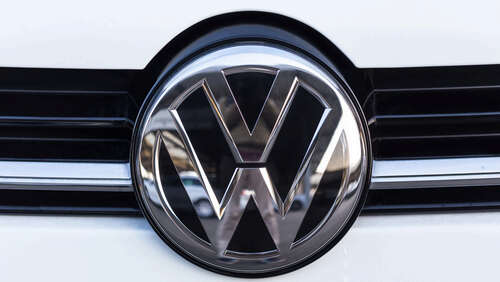
The history of the Volkswagen Beetle began as a dark one. The company was championed by Nazi leader Adolf Hitler, who wanted a “people’s car” every German would drive. He even set up a leasing program for the first production of the Type 1. However, as war broke out, production shifted to military vehicles. After the Allied victory and the conclusion of the war, the car manufacturer landed in the hands of British Army officer Ivan Hirst, who thought the Type 1 had potential. Thus began the Volkswagen company as we know it. Operations eventually wound up under the control of German engineer Heinrich Nordhoff, and the Type 1 ramped up production, now known as the Beetle.
The first Beetles were given to occupying British officers in the early days of Volkswagen’s post-war transition, but it soon entered the U.S. market, where it competed primarily against Ford. At the time, Business Insider notes, American cars tended toward the large and grand, with long, boat-like designs and chrome fins. The Volkswagen was well-built and could take on the long-haul rides uniquely common to the American continent.
Bill Bernbach’s iconic advertisements turned the Beetle’s unconventionality into a marketing coup, and sales began to climb. The car appealed especially to iconoclasts, which is how it came to be synonymous with hippies alongside another VW model, the Type 2 van. Today, American cars are trending large, with enormous trucks and SUVs dominating the marketplace. The Beetle was discontinued in 2019, but its impact remains on American culture.

